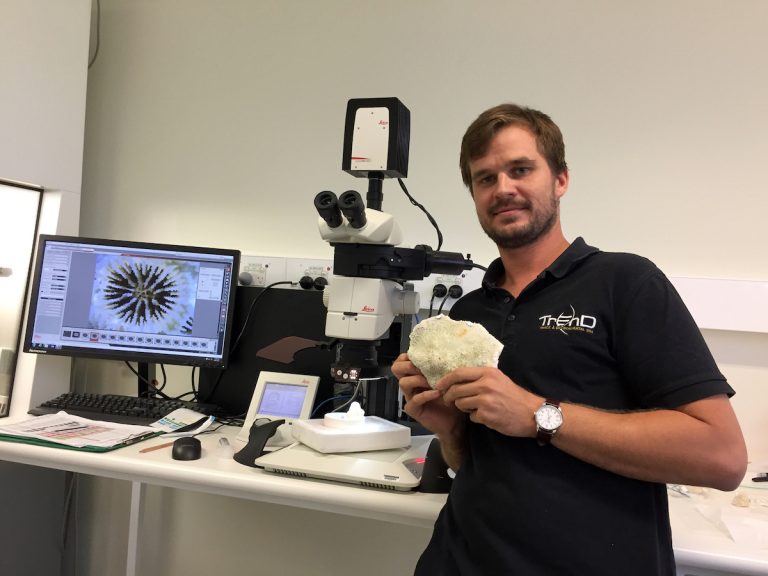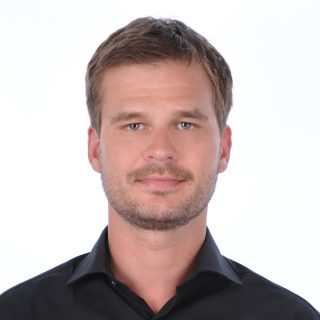When my supervisor Dr Zoe Richards called me into her office and asked if I had heard of the R/V Falkor my eyes lit up. “Yes, of course, I’ve heard of R/V Falkor.” This brief conversation is what sparked the beginning of an opportunity that I could only imagine to come true in the later years of my research career. Yet this was happening, and I was going! I was going to be part of the amazing team on the Schmidt Ocean Institute cruise: Illuminating the Biodiversity of the Ningaloo Canyons.
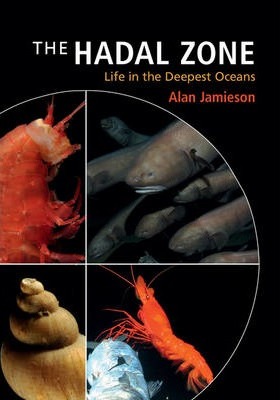
During my undergraduate degree at Murdoch University, I read The Hadal Zone: Life in the Deepest Oceans by Dr Alan Jamieson (Fig 1.) this book strengthened my interest into deep sea exploration. The technicality of exploring the deep sea, the time spent to take equipment down, and the wonders and adaptations of the deep-sea biodiversity lies strong in my mind.
An Amazing Opportunity
The Schmidt Ocean Institute cruise, Illuminating Biodiversity of the Ningaloo Canyons under the Chief Scientist Dr Nerida Wilson (Western Australian Museum) will be exploring depths that are in areas referred to the Bathypelagic and Abyssal Zones. Being part of the Biological sampling team and assisting in the documentation and preservation of samples collected by the ROV (remotely operated vehicle) is an opportunity I am so excited for. This expedition has the potential to uncover an array of marine biodiversity that has never been described before. With word that the Falkor was moored in the Port of Fremantle, I couldn’t resist but to see it up close (Fig 2). Now that we are underway, I am counting down the days until the exciting work ahead can begin.
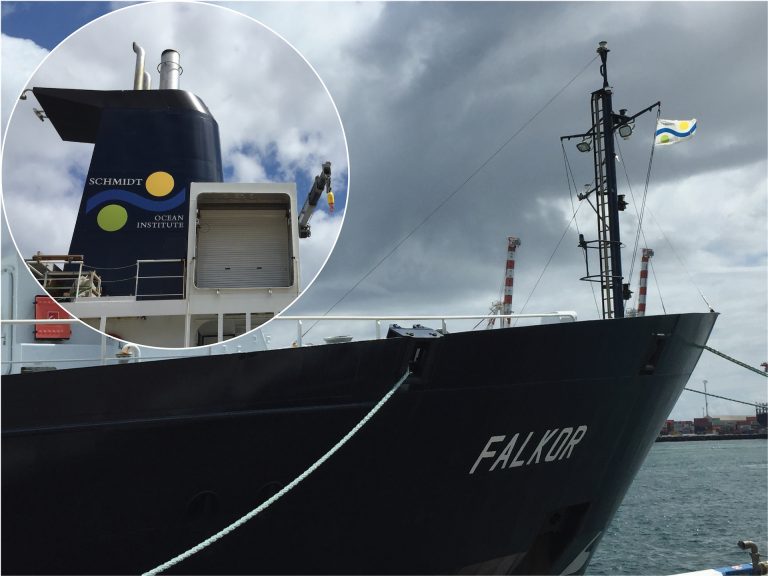
When I come back from this cruise, I will embark on a PhD at Curtin University using integrated taxonomy to provide new perspectives on massive coral growth rates in rapidly changing oceans. During my honours at Curtin University (Fig 4.) I spent many days exploring the work by Dr Stephen Cairns and Dr Marcelo Kitahara into deep sea corals. Their descriptions and terminology proved very important in my taxonomic journey (Fig 3.).
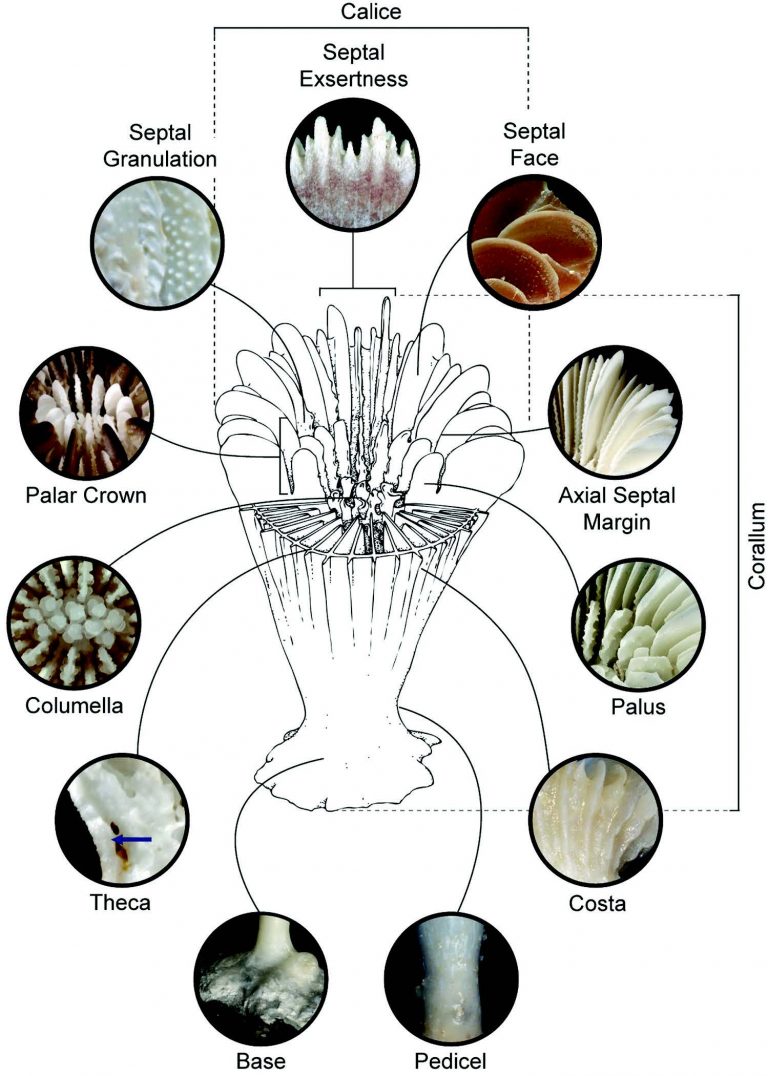
An Experience to Cherish
It will be phenomenal to observe deep sea corals, with their long extended tentacles, feeding in their natural habitat, on this my first experience at sea on a large research vessel. The Schmidt Ocean Institute’s Student Opportunities program is providing me with an exciting journey, one that I am sure will provide me invaluable experiences for my research career ahead. I am looking forward to the biodiversity I will see, the people I will meet, the experience I will gain and especially the stories I will be able to share with my colleagues, friends, and family when I’m back in April.
